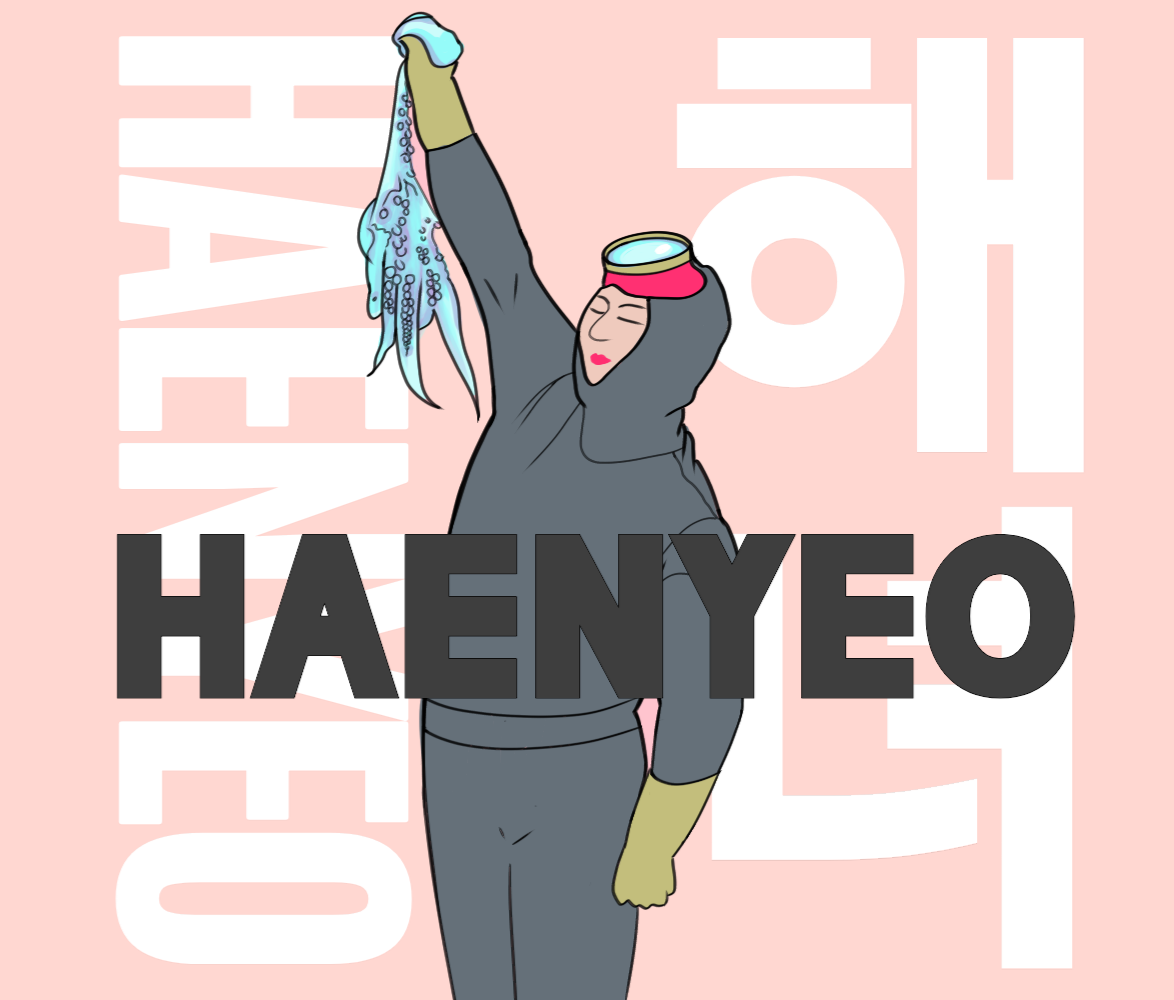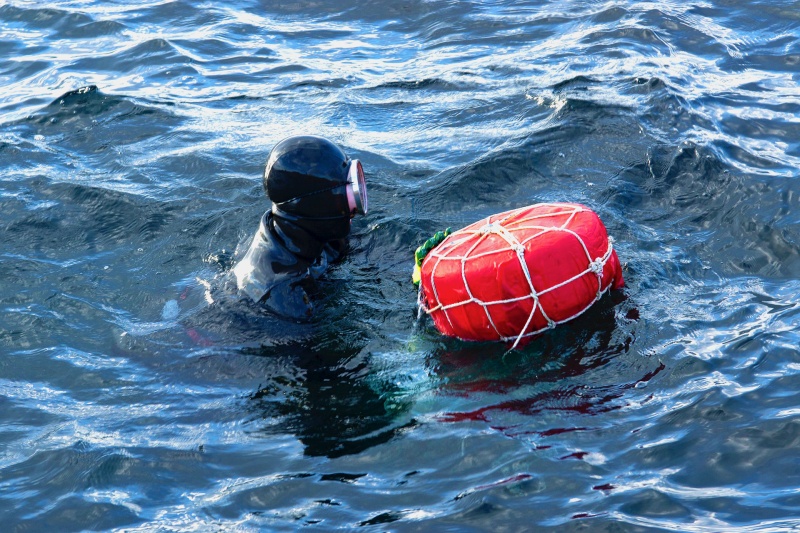- 한국어
- English
- 日本語
- 中文
- العربية
- Español
- Français
- Deutsch
- Pусский
- Tiếng Việt
- Indonesian
By Honorary Reporter Imane Bouhnika from Algeria
Photo = Imane Bouhnika
Jeju Island, aside from being Korea's top tourist island with Hallasan Mountain, spring cherry blossoms and volcanic sites, is also famous for haenyeo (female divers).
A book published by the Korean Culture and Information Service (KOCIS) allowed me to learn more about the unique divers on this magical island.

I remember watching Korean historical movies that showcased the royal court's consumption of seafood like sea cucumbers, abalone, sea urchins and seaweed. Several of these products undoubtedly originated from Jeju's fish market, which was sustained by haenyeo. Historical records indicate that men in Jeju used to do the diving but in the 17th century, the king drafted a large number of them into the army. Thus women had to support their families and sustain the seafood market, and this led to the birth of haenyeo.
What makes the female divers more fascinating is that they neither wear scuba gear nor use diving equipment. Isn't this the most eco-friendly form of fishing? And to those who think they stop diving during winter, think again.
The divers are trained from age 6 or 7, learning the diving methods of their ancestors with minimal tools including fishnet, mask, hook and weights grouped around a belt, allowing them to go deep under water and not float up to the surface.
Instead of using an aqualung, a haenyeo simply holds her breath underwater, with some even able to stay submerged for more than two minutes to collect seafood 10-20 m below sea level.
A diver uses basic equipment but her years of experience have granted her sufficient stamina to dive several times a week even in the winter cold. For generations, the haenyeo have contributed to the Jeju economy and the island's seafood market for decades by securing fresh products.

A haenyeo uses minimal diving equipment but is skilled in navigating the waters around Jeju Island. (CREDIT?)
In 2006, Jeju opened a national museum dedicated to these women, and in 2016, haenyeo culture was included on the list of UNESCO's Intangible Heritage of Humanity. The divers have also been featured in exhibitions abroad like one in New York in 2015 and another in Toulouse, France, in 2016.
The Korean government continues to support the haenyeo profession and many documentaries feature this national treasure. Though a sharp decline in their number has occurred over the years. the unique profession will always symbolize the strength and grit of the divers.
enny0611@korea.kr
*This article is written by a Korea.net Honorary Reporter. Our group of Honorary Reporters are from all around the world, and they share with Korea.net their love and passion for all things Korean.